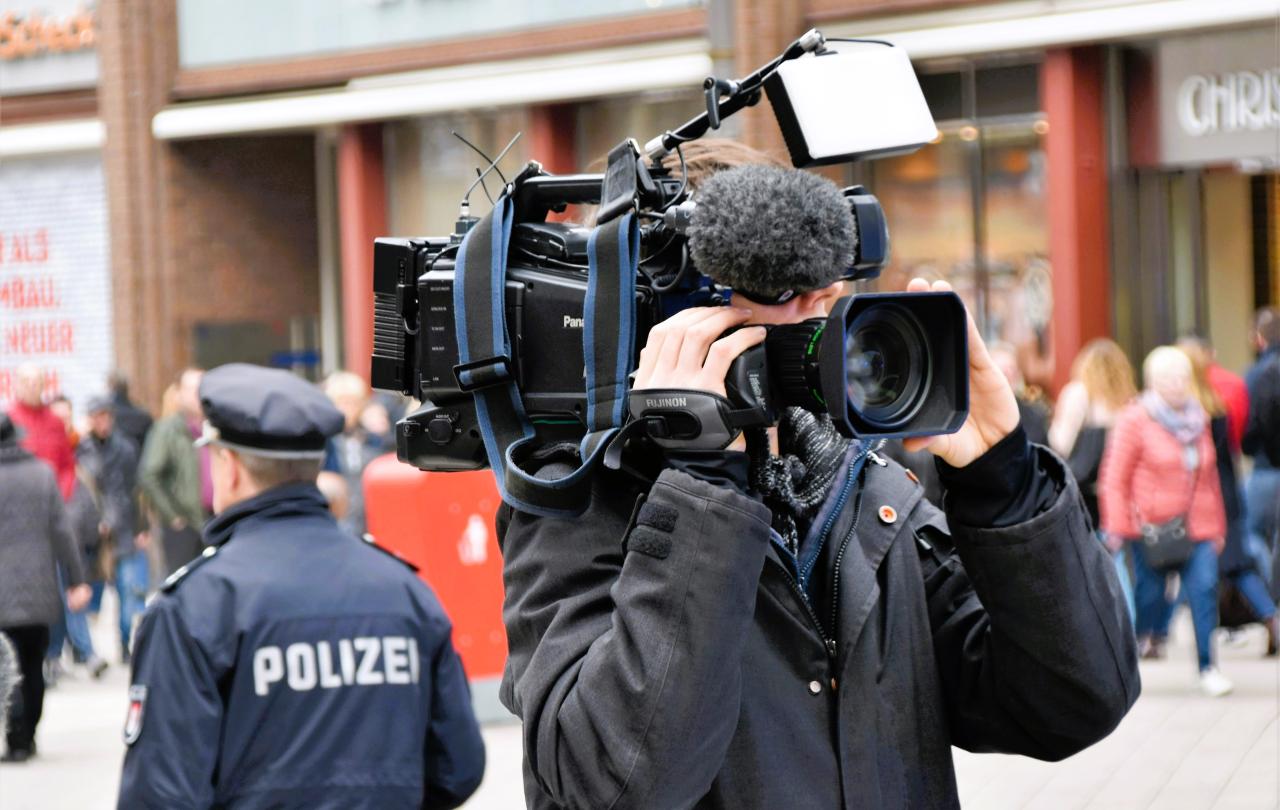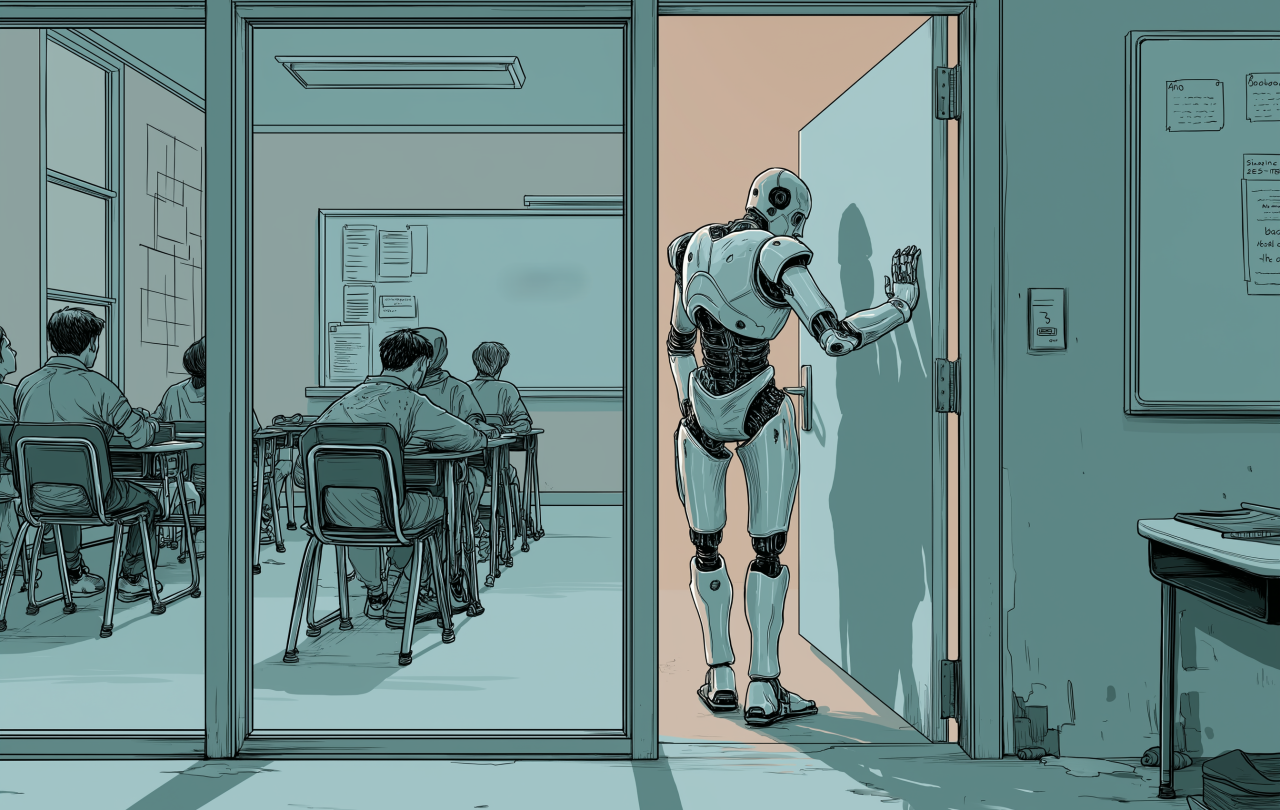
Several non-journalist friends have told me over the past few years that they have started to disconnect themselves from the news - in some cases entirely - so wearied have they become by the incessant gloom of our reporting.
Meanwhile, new research from the Reuters Institute has found that people have been “turning away from the news” consistently across 17 countries tracked over the past decade - from the US to the UK, Japan to Brazil.
And one of the primary reasons, the researchers discovered, is the “fatigue and overload” of negative news.
Another factor was the declining trust in the media, which has again been something I have heard consistently from friends in recent years, with many telling me they are constantly reassessing who they turn to for news.
Perhaps that is only healthy, but both trends suggest to me that there may be a problem with the way news currently is, and the effect it is having on us.
One of the most regular examples of the “bad news” we journalists tell is the reporting of terror attacks, but whenever I hear news of an attack - whether here or elsewhere - I think not only of the immediate victims and their loved ones, but also those who may soon become victims by association.
Perhaps the most obvious recent example here in the UK was the case of the Southport stabbings, a shocking incident that led to understandable - albeit misguided - outrage.
As soon as it emerged that a “foreigner” - or at least someone who sounded like they might be a foreigner - was responsible, many jumped to the conclusion not only that he was an Islamist but also probably an asylum-seeker, and an illegal one at that.
It later transpired, of course, that the 17-year-old who carried out the terrible attack had been born and raised in Wales - to “Christian” parents, no less. So not an asylum-seeker, after all, nor even a foreigner; and even though it later became clear that he had downloaded disturbing content including from Al-Qaeda, his inspiration seemed to come from a wide range of sources.
Here was another example, our prime minister told us, that showed “terrorism had changed” and was no longer the work only of Islamists or the far-right but of “loners” and “misfits” of all backgrounds, common only in their sadism and “desperat[ion] for notoriety”.
And yet, in the Southport case and no doubt many others, by the time the killer’s background and likely motive finally became clear, the horse had already bolted.
In that particular case, the reaction was especially extreme, with mosques and refugee hotels attacked as part of widespread rioting. But even when there are no riots after such an attack, there can surely be little doubt that the minds of the wider British public will have been impacted in some way by the news.
For some, perhaps the primary response will be increased fear - in general but also perhaps especially of those different from themselves. For others, on top of fear, might they also feel increased hatred, or at least mistrust?
And such feelings will surely only increase with every new reported attack, especially when the perpetrator appears to be someone new to these shores, and even more so, it would seem, if it is an asylum-seeker.
To ignore the reality that many attacks have been carried out by asylum-seekers in recent years is to ignore reality. But for those of us desperate not only to prevent the further polarisation of our society but also to protect the many legitimate refugees who wouldn’t dream of committing such attacks, what can be done?
Perhaps it’s only because I’m a journalist, but in my opinion one major thing I think could help arrest the current trend would be for us to rethink the way in which we do news in general.
Not in order to mislead the public or pull the wool over their eyes - if bad things keep happening, they must be reported, as must the identities of the perpetrators, as well as any trends in this regard - but by way of providing the necessary balance and context.
For example, by looking into what percentage of attacks - here or elsewhere - have been committed by Islamists, foreigners, or asylum-seekers; or considering what percentage of the total population of such groups the attackers represent, and how this compares to statistics regarding other groups.
The question we journalists - and those who read our words - need most to ask is whether we are doing a good job of informing the public about the world they live in.
Might it also be helpful to undertake a general reconsideration of what constitutes news? Does, for example, bad news always have to reign supreme in the minds of those who curate our news cycle?
A decade ago, I had it in mind to create a new app or perhaps even news service dedicated to rebalancing the news, such that bad news stories wouldn’t outnumber the good. Many others have had similar ideas in recent years, and several platforms have been launched, dedicated to the promotion of “good news” stories. And yet one could argue that such platforms risk being as unrepresentative of reality as those that tell only bad-news tales. Can’t a compromise be found?
One of the first things you learn as a journalist, other than that sex sells, is that greater numbers of deaths, and especially those of children, always constitutes headline material. And one needs only to flick through today’s major news outlets to see that this practice remains almost universally upheld. But does it have to be so?
And why is it that some conflicts and injustices will make our headlines, while others won’t?
Take, for example, the Sudanese civil war or the recent beheading of 70 Christians in the Democratic Republic of the Congo. Why is it that these horrors don’t make our headlines, while tragedies in Ukraine or Gaza do? Who makes the call, and for what reasons?
Another long-established principle in journalism is to consider first and foremost who your audience is. So, for example, when writing for a British audience, to consider what might be of most interest to Brits. Are Ukraine and Gaza, for example, simply more relevant to British interests - in both senses of the word - than what is happening in the Global South? And even were that to be true, just because such principles of journalism are long-established, must they remain unchallenged?
At its core, journalism is about informing, so in my opinion the question we journalists - and those who read our words - need most to ask is whether we are doing a good job of informing the public about the world they live in.
And in my view, while a lot of good journalism is of course being done, the question of whether the public are receiving a representative picture of their environment is less clear.
Whether or not the best approach to redress the balance is to dedicate whole news services to telling good-news stories, there’s surely little doubt that such stories are chronically underreported.
And if our duty is not only to inform but also, by virtue of that, not to mislead, mightn’t it be argued that in failing to sufficiently well inform society about the real state of our world, we are in fact misleading them?
No-one wants to end up in a Soviet-style “paradise” in which murders are simply denied in order to maintain the status quo, but nor, surely, do we want to live in a world in which people become unnecessarily fearful and hateful towards others, in part because of the news we feed them.
Join with us - Behind the Seen
Seen & Unseen is free for everyone and is made possible through the generosity of our amazing community of supporters.
If you’re enjoying Seen & Unseen, would you consider making a gift towards our work?
Alongside other benefits (book discounts etc.), you’ll receive an extra fortnightly email from me sharing what I’m reading and my reflections on the ideas that are shaping our times.
Graham Tomlin
Editor-in-Chief





